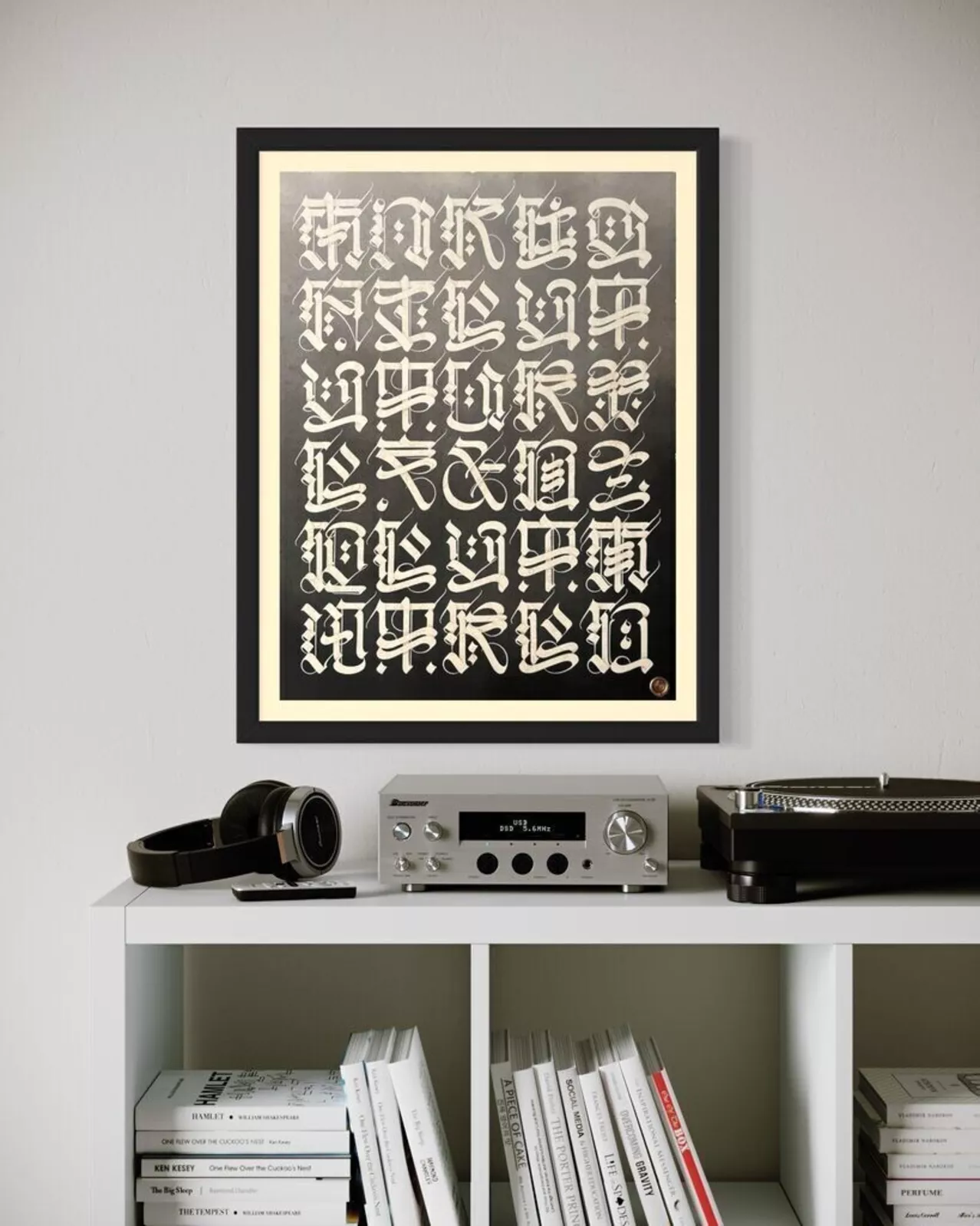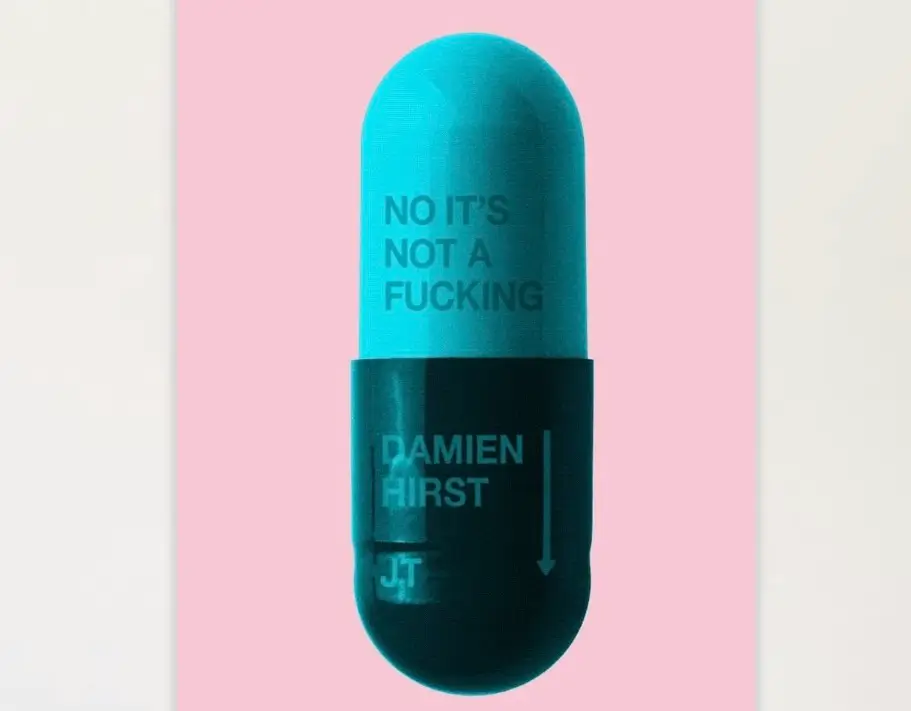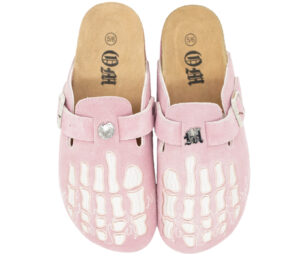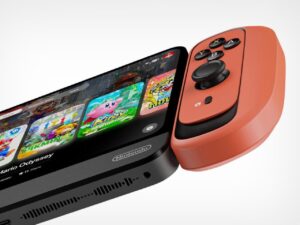There are moments in museum history when context becomes the medium. When the white walls, architectural curves, and institutional authority do more than frame an artwork—they transform it. The Guggenheim has long understood this alchemy, and the image of a meticulously crafted Tiffany Blue McDonald’s meal—bag, cup, burger, and fries reimagined entirely in paper—feels like an unequivocal continuation of that lineage. It invites a simple but consequential question: when would a work like this have entered the museum’s discursive orbit? And why does it feel so immediately at home against the conceptual backdrop of the rotunda?
To answer this, one must look not just at the object but at the genealogy of ideas coursing through the Guggenheim over the past half-century. The feeling is unmistakable: this installation belongs to that fertile turn around the late 1990s to mid-2000s, when the institution was especially attuned to the intersections of luxury, branding, and the theatrics of consumer desire. A speculative timestamp—say 2004—captures the spirit of that moment succinctly. It was a year marked by the museum’s ongoing dialogues around Pop conceptualism, material experimentation, and the seductive contradictions of global consumer culture. In such a climate, an artwork like this would have appeared not as an anomaly but as a pointed, witty articulation of the anxieties and pleasures of its time.
culture
The work itself, as seen in the image, is a study in contradictions rendered with startling delicacy. Everything is Tiffany Blue, a color whose cultural currency rivals that of the brands it references. The cup, with its sketched arches; the burger wrapper, folded with the softness of an actual lunch; the fries, each a hand-cut sliver of paper masquerading as something greasy and ephemeral. Even the bag stands upright as if freshly handed over a counter, except here it behaves more like sculpture—creased, architectural, almost reverent. The familiarity of McDonald’s packaging, stripped of its original color scheme and dipped in luxury’s most recognizable hue, becomes uncannily foreign. It no longer reads as fast food waste, but as artifact. As if archaeology discovered a civilization so obsessed with branding that even its disposable objects bore ceremonial weight.
The Guggenheim, throughout the decades, has embraced precisely this tension. From the 1960s onward, its curatorial language began absorbing the influences of Pop Art, Minimalism, and Conceptualism, each of which blurred the line between the everyday and the exalted. The 1990s added a new wrinkle: a fascination with craftsmanship, reinterpretation, and the elevation of commercial iconography. By the early 2000s, artists were turning their attention toward the luxury-fast food dichotomy, that odd blend of aspiration and accessibility that defines so much of contemporary Western life. It is during this era that the imagined 2004 installation would fit seamlessly, engaging directly with conversations around materiality, replication, and cultural satire.
flow
On one level, the piece functions as a Pop homage. It winks at Warhol’s Brillo Boxes and Oldenburg’s soft sculptures, but does so through the aesthetic filter of millennial luxury culture. Tiffany & Co. and McDonald’s—the ultimate symbols of high and low—collapse into a single visual system. On another level, the work is a critique wrapped in seduction. It co-opts the softness of craft, the intimacy of hand-drawn lines, and the allure of a single dominating color to create an object that feels both ironic and earnest. The brand logos, rendered in thin black strokes, begin to feel less like advertising and more like glyphs. They take on the air of archaeological identifiers, marking a moment when visual branding became as ubiquitous as language itself.
The imagined 2004 installation at the Guggenheim takes advantage of the building’s iconic geometry: its ramps, its curves, its spiraling invitation to look both inward and outward. Against the whiteness of the rotunda, Tiffany Blue becomes almost cinematic. The color pops while simultaneously adopting the museum’s ethos of restraint. Paper—usually the least celebrated of materials—is elevated to a structural protagonist. The crinkled bag echoes Frank Lloyd Wright’s architectural bends. The fries spill in a gentle cascade that mimics the idea of motion frozen in time. The cup and straw hold a vertical line that articulates upward momentum, aligning with the rotunda’s ascent. Even the burger wrapper seems to fold itself into geometric homage, its pleats reminiscent of origami or minimalist textile work.
idea
This invented moment in 2004 aligns with a surge in institutional interest in works that interrogated consumption through mimicry, recontextualization, and deadpan sincerity. In this context, the Tiffany Blue meal would have resonated as a Trojan horse—an object that initially appears humorous or gimmicky but gradually reveals itself as a layered cultural study. Visitors, encountering it on a ramp landing, would experience that double take: the initial recognition of the McDonald’s silhouette, followed by the cognitive jolt of its rebranding, and finally the deeper recognition that this object is about us. About how we assign value. About what we elevate, fetishize, discard, and immortalize.
In an era when haute branding was beginning to metastasize into cultural identity, and when fast food chains were becoming global shorthand for homogenized modernity, the union of the two would have felt pointedly contemporary. By appropriating both visual languages, the piece refuses to privilege either. It instead asks: what happens when the symbols of aspiration meet the symbols of mass consumption? What meanings emerge when the world’s most famous robin’s-egg blue is wrapped around the world’s most recognizable meal?
exhibit
The imagined date, 2004, also aligns with the moment when handcrafted reinterpretations of commercial objects gained traction in contemporary art. There was a renewed appreciation for labor-intensive works that imitated the disposable. Paper replicas of commodity items, faux-fabrications, simulated materials—these became ways of interrogating authenticity, value, and the psychological charge of branding. In this climate, the Tiffany Blue meal becomes not a novelty but a vehicle for examining cultural hierarchies. The handmade nature of the work destabilizes the industrial efficiency of the original objects. Everything that was once mass-produced becomes singular. Everything disposable becomes precious.
Seen through the Guggenheim’s lens, the installation becomes a meditation on perception. It asks what happens to the banal when placed in a sanctified environment. It wonders how far a color can travel from its origins before it becomes something else entirely. It challenges the viewer to confront the absurdity of luxury’s reach, the malleability of symbolism, and the increasingly elastic definitions of taste. And within that inquiry lies the essential “when”: a speculative 2004, a moment when all these cultural threads converged with particular intensity.
No comments yet.








